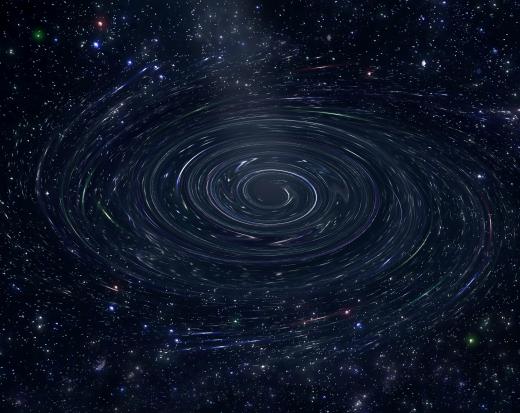What is the Compton Gamma Ray Observatory?
 Michael Anissimov
Michael Anissimov
The Compton Gamma Ray Observatory is a space telescope designed to receive gamma rays, very high-energy and short-wavelength electromagnetic radiation produced from subatomic particle interactions, such as electron-positron annihilation and radioactive decay. The Compton Gamma Ray Observatory was launched on 5 April 1991 as part of NASA's Great Observatories program. The Compton was the 2nd of the Great Observatories to be launched, after the Hubble Space Telescope and before the Chandra X-ray Observatory and the Spitzter Space Telescope.
Unfortunately, in 2000, one of Compton's gyroscopes failed and the craft had to be de-orbited, with some controversy. Launched on the Space Shuttle Atlantis, Compton was the heaviest payload ever launched at the time, weighing in at 17,000 kg (37,500 lb).

Compton used scintillators to record incoming gamma rays, released in large quantities during astronomical events called gamma ray bursts, mysterious phenomena that occur in seemingly random areas of deep space, billions of light years away. Gamma ray bursts are very brief, lasting only milliseconds to minutes, but during this time can release more energy than an entire galaxy. The current theory is that gamma ray bursts are generated when protogalaxies collapse into supermassive black holes, the galaxy's material releasing its gravitational potential energy as electromagnetic radiation.

The Compton Gamma Ray Observatory is famous for discovering a phenomenon known as soft gamma repeaters, similar to gamma ray bursts but at less intensity and in a cyclical fashion. The current theory is that soft gamma repeaters are magnetars, a type of neutron star with a powerful magnetic field. These objects release gamma ray jets from their north and south poles. When one of these poles points at Earth, we pick up gamma rays.
AS FEATURED ON:
AS FEATURED ON:












Discuss this Article
Post your comments